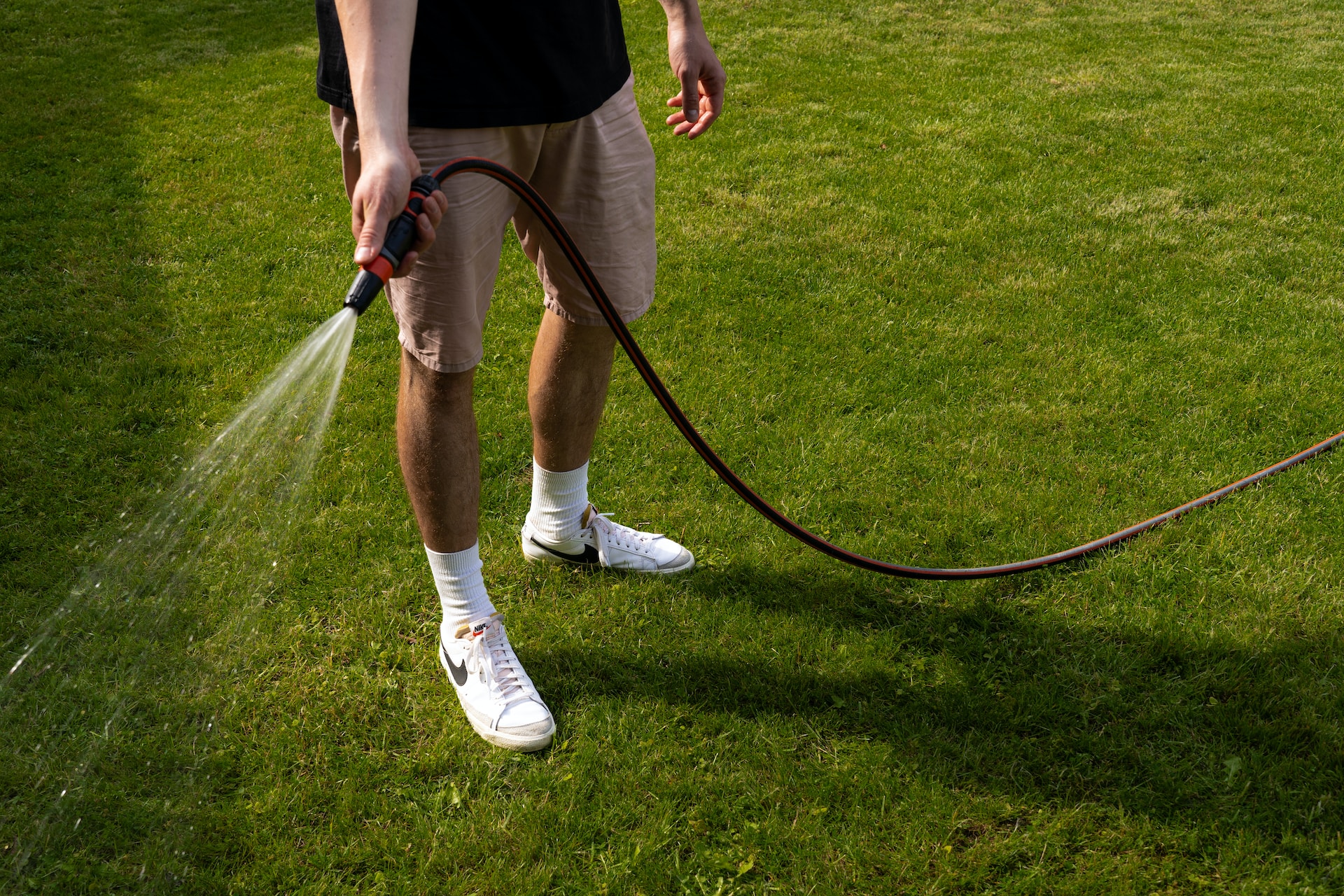The Importance of Proper Watering Techniques for a Healthy Lawn
Watering is essential to keeping your lawn healthy. It’s easy to over or underwater your grass, but knowing how to water properly can help you avoid many common lawn problems.
Deep, infrequent watering is the best way to water your grass because it encourages root growth and drought tolerance. Flooding at the right time is also important.
Watering at the Right Time
Depending on the season and local weather, your lawn’s moisture levels may change. Keeping an eye on the lawn’s moisture level can help prevent over-watering or under-watering. Overwatering encourages weeds, diseases and parasites to grow, while underwatering leads to poor lawn growth, dry spots and bare patches.
The best time to water your lawn is before 10 a.m. This is when the temperatures are cooler, and the grass has time to absorb the moisture before evaporating under the sun. Watering in the evening could be better as it leaves the grass wet overnight, increasing the chance of fungus and lawn diseases.
Deep watering is also important to keep your lawn healthy. The goal is to water until the top 6-8 inches of soil is moistened. This encourages deeper roots to search out water sources in the ground rather than relying on water being fed to them from above.
The soil type in your lawn can impact how much water is needed and how frequently. A soil test is a good way to find out the nutrient and pH balance of the soil and can help you create a watering schedule that will work well for your yard. For example, sandy soils drain quickly and require frequent watering, while clay soils retain moisture longer and can hold water for longer periods.
Watering Deeply
For seeded lawns, sodded lawns, sprigged lawns or plug-planted lawns, it’s important to water frequently until the plants are established. This is usually once or twice a day for short periods but can be more frequent in certain weather conditions. Once the roots are deep, the plants can survive with less frequent but deeper watering. This helps to prevent fungus and disease by allowing the soil to dry out in between. It also encourages deeper roots that can seek out water from a lower level and help the plant remain stable during hot or cold temperatures and droughts.
Most grasses require about 1 inch of water a week from rainfall or irrigation. Watering deeply and infrequently encourages root growth, which is more resilient to drought conditions and less prone to disease and weeds than shallow-rooted turf.
Knowing your soil type and climate is important before starting a new watering schedule. For example, sandy soils may need to be watered more frequently than clay soils. You can determine this by performing a soil test. Watering the wrong amount of soil at the wrong time can lead to various problems, including disease and other turf issues. To avoid this, always perform a soil test before starting a watering schedule. Then, use your results to create a watering schedule to provide the best possible care for your lawn.
Watering Twice a Week
While watering your lawn is important, the frequency may change based on weather conditions. Using your sprinkler system when needed is important only to avoid overwatering. This can lead to puddles or runoff, which is not only wasteful but also bad from an environmental perspective.
Healthy lawns need about an inch of water weekly for proper root depth and drought resistance. Watering your lawn twice a week is best to achieve this. This also allows for a longer amount of time for water to soak into the soil and prevents evaporation.
The soil type in your yard is also important when determining how often to water. Loose, sandy soils tend to leach water quickly, while compacted clay soils retain it for a long period. Newly sodded or seeded lawns need frequent hydration to establish roots.
Watering in the morning is ideal, as it allows for more soil soaking before it bakes under the sun. Watering in the afternoon or evening can cause a lot of wasteful evaporation, and the soil could remain wet for too long, which can attract lawn diseases and pests.
Remember, when determining how long to water your lawn, it is recommended that you use a screwdriver to test the soil’s moisture. Once the screwdriver easily reaches a depth of 6 inches, your lawn is ready for the next watering cycle.
Watering at the Right Temperature
Proper watering techniques are essential to maintaining a lush, healthy lawn. They supplement natural rainfall, wash in fertilizers and pesticides, encourage seed germination for new plantings, and help to cool the turf on hot summer days. Under- or over-watering is a common problem with lawns, leading to brown spots and weed growth. To avoid these problems, following a regular schedule and being attentive to the weather is important.
The best time to water a lawn is in the morning (ideally before 10 a.m.). At this time, the soil is cooler, and the wind tends to be calmer, so the grass can quickly absorb the moisture before it evaporates. It is also a good idea to water during cloudy or overcast conditions. This will prevent the sun from drying out the turf’s surface, which can cause fungus and other problems.
Observing your lawn is the most important part of proper watering, and responding promptly to signs of drought is essential. If the grass wilts, turns a blue or gray or does not spring back when you walk on it, it needs more water. You can test the soil for dryness by digging a hole and measuring its depth. The soil may require more frequent, shallow watering if it is sandy or clay.







0